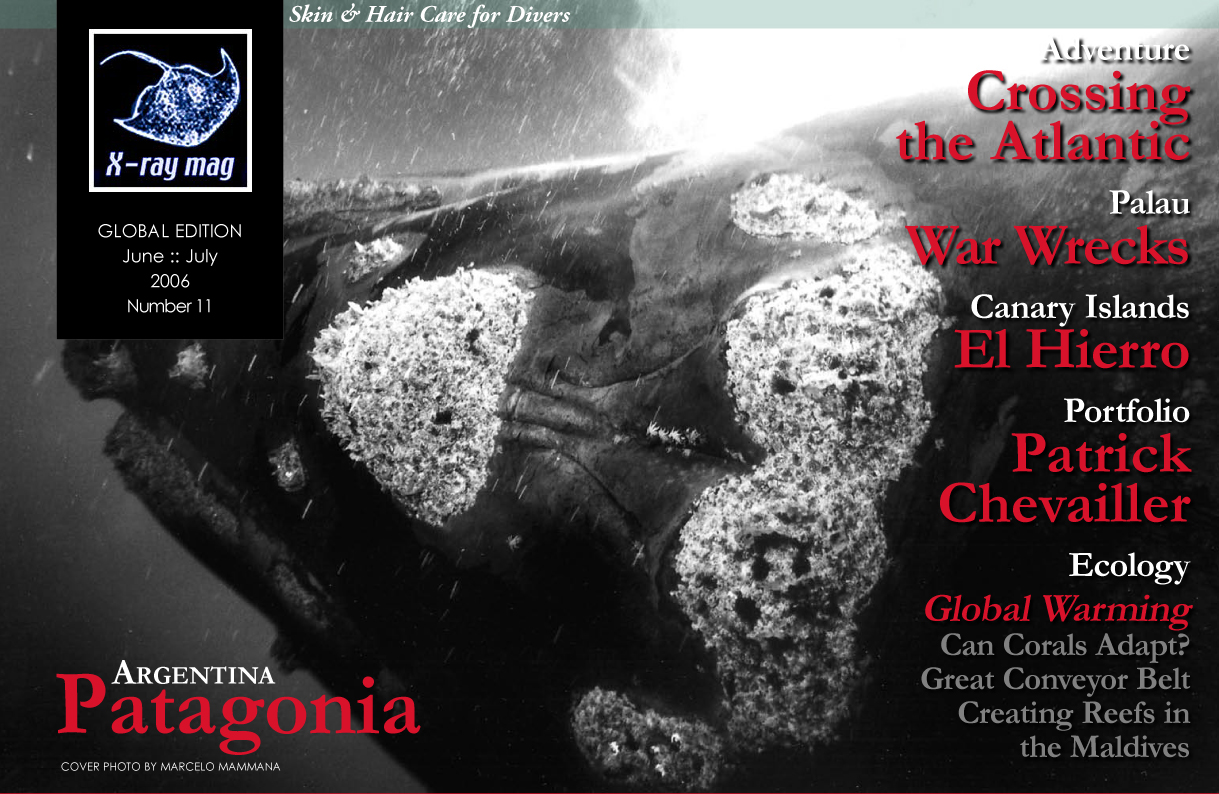Can tropical stony corals adapt to bleaching?

- Log in to post comments

Can tropical stony corals adapt to bleaching?
“The subject of oceanology is the study and research of the totality of events taking place in oceans, seas and lakes,” wrote geographer, academician and founder of Russian oceanology, Juli Shokalskiy, in 1917. Oceanology, or oceanography1 as it is more commonly called in the West, is an integral part of natural sciences. The ratio of water to land on the planet Earth is approximately 71 to 29 percent. Furthermore, water surface is not only greater in square kilometres, but it is also continuous—whereas, land surface is finite and presented by separate parts washed over by the world’s oceans. So, in essence, oceanography studies this one continuous body of water, the World Ocean!
In Columbus’ time, El Hierro was considered the limit of the known world in Europe. For over 1700 years, the smallest island of the Canaries was the land of the Zero Longitude and the ocean beyond was the realm of the unknown. Today, a lighthouse at the Western end of this enigmatic island marks the meridian site. Hierro’s claim to fame does not end here. It is a beautiful and wild island of many contrasts. One of them being a near absence of tourists...
Hidden beneath the serene waters of Palau’s lagoon lie dozens of coral encrusted Japanese ships. These long lost hulks were all sent to their final resting places during a devastating American air strike over 59 years ago and have since gained notoriety as some of the world’s most alluring ghost-filled vessels.
Hidden beneath the serene waters of Palau’s lagoon lie dozens of coral encrusted Japanese ships. These long lost hulks were all sent to their final resting places during a devastating American air strike over 59 years ago and have since gained notoriety as some of the world’s most alluring ghost-filled vessels.
Can global warming trigger a shutdown or slowdown the circulation in the world’s oceans?
The globe is encircled by a pattern of ocean currents known as the ocean conveyor belt. Heat is transported from the equator towards the poles by both the atmosphere and by ocean currents, with warm water near the surface and cold water at deeper levels. As such, the state of the circulation has a large impact on the climate of our planet.
Consider a windy place — I mean, very windy — so windy you must ask the wind about what you can do today. Consider the wind as “mobile” as the “Donna” of the opera. He changes his mood at any time with no warning. Mood, in terms of wind, is direction, force, temperature, humidity and all the weather changes that come with them. Now, put yourself in a flat place, a plateau, with no mountains or trees to protect you and where the wind surrounds you all the time. Stay there and wait. Take your time to look around. You begin to notice that the soil upon which you are standing is covered with marine fossils and guess rightly that this was the sea floor some millions of years ago.
Patrick Chevailler was born in Bordeaux, France, in July 1946. All during his teen age years, he admired the paintings his father created as a hobby, thinking he would never be able to paint like his father did. Chevailler received a diploma as a medical doctor in 1972 and settled in the countryside of southwestern France as a general practitioner. Since his childhood, Chevailler always enjoyed sailing.
A long time ago, I sat in hoosha (Bedouin tent) after a deep air dive in the Blue Hole (Dahab, South Sinai, Red Sea). My good friend and dive buddy had less than an hour ago peeled me of the wall near the bottom of the Blue Hole. I had succumbed to deep water blackout, caused by a high degree of stupidity, wrong kit and inadequate training.
In issue #9 we took you through some tips of the trade for selecting a dive operator that will help you properly facilitate your underwater photography. In this issue we’d like to share with you some hints and tips for getting all of your valuable camera equipment to your destination safely, and without incurring costly excess baggage fares.
In issue #9 we took you through some tips of the trade for selecting a dive operator that will help you properly facilitate your underwater photography. In this issue we’d like to share with you some hints and tips for getting all of your valuable camera equipment to your destination safely, and without incurring costly excess baggage fares.